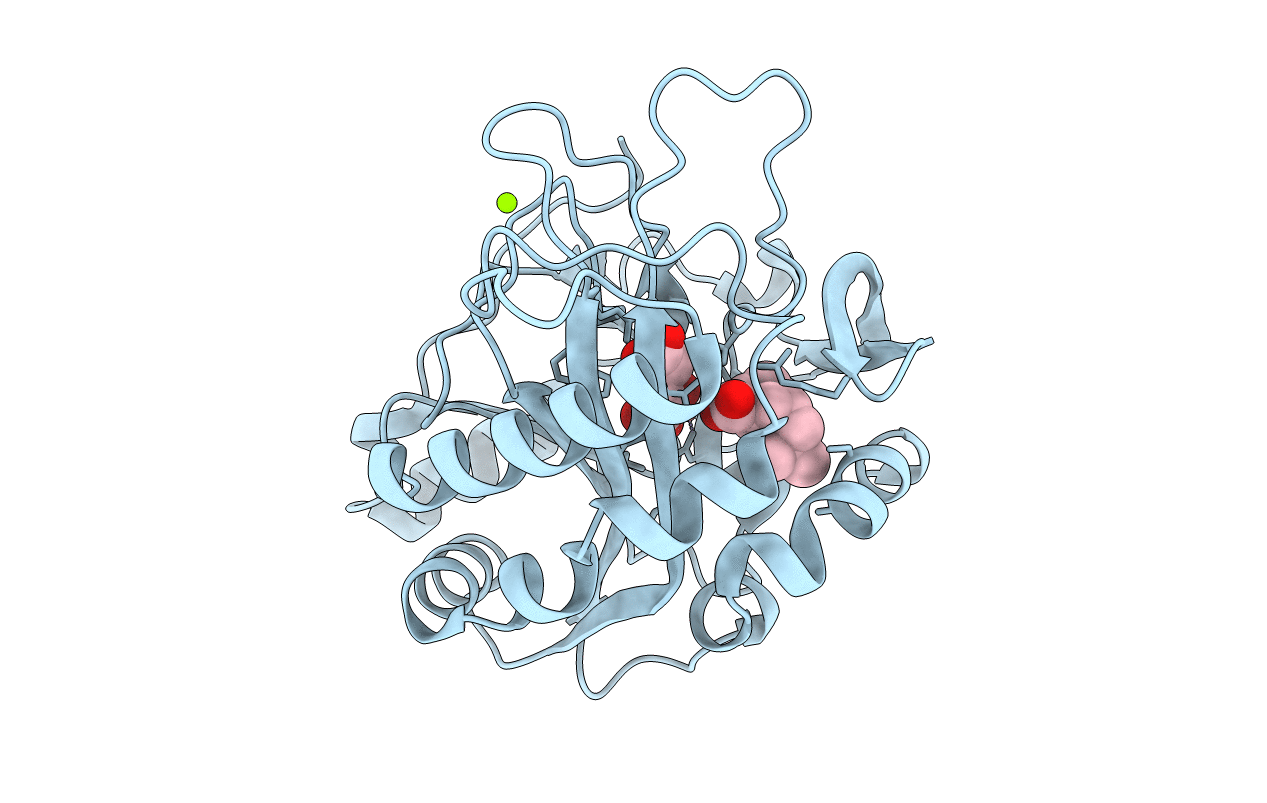
Deposition Date
2007-09-24
Release Date
2007-10-16
Last Version Date
2024-02-21
Entry Detail
Biological Source:
Source Organism:
Streptomyces avermitilis (Taxon ID: 33903)
Host Organism:
Method Details:
Experimental Method:
Resolution:
1.35 Å
R-Value Free:
0.19
R-Value Work:
0.17
R-Value Observed:
0.17
Space Group:
P 1 21 1


